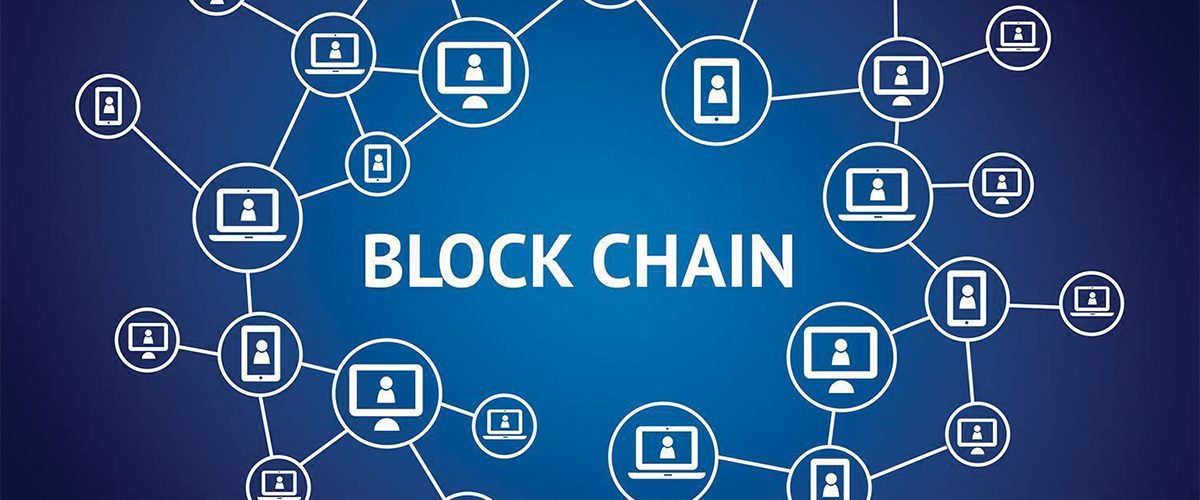Blockchain appears to be complex, and it can certainly be, but its basic principle is very plain. A blockchain is a database form. To be able to understand blockchain, it makes you first understand what the database is.
The database is a compilation of records stored electronically on a file server. Information or data in databases is usually arranged in a table format to enable the search and filtering of relevant information. What’s the difference between those using a spreadsheet to store information rather than a database?
The spreadsheets are intended for one person or a small number of people to store and view restricted volumes of information. On the other hand, the database is built to hold far greater volumes of information that can be viewed, filtered, and exploited rapidly and efficiently by any number of users at once.
This is accomplished by massive files storing data on servers that are made up of powerful computers. These servers may sometimes be designed using hundreds of thousands of machines to provide the computing power and storage space required for multiple users to access the database at the same time. Although a spreadsheet or directory may be open to any number of individuals, it is often owned by a corporation and controlled by a specified person who retains full control over how it runs and the data inside it.
The Decentralization
For the intent of learning blockchain, it is instructive to interpret it in the sense of how Bitcoin has been applied. Like a ledger, Bitcoin requires a set of machines to store it. For Bitcoin, this blockchain is simply a particular form of the ledger that records any bitcoin transaction that has ever been created. In the case of Bitcoin, and unlike other databases, not all of these machines are under one roof, and each computer or collection of computers is run by a single person or group of individuals.
Imagine that a corporation maintains a server composed of 10,000 computers with a database containing all the information about the client’s account. The organization has a facility with all of these computers under one roof and has complete control over each of these computers and all the information they hold. Similarly, Bitcoin consists of thousands of machines, but each machine or group of computers carrying the blockchain is situated in a different geographical area, and they are all run by various individuals or groups of people. These computers that make up the Bitcoin network are called nodes.
In this model, the bitcoin network is used in a decentralized fashion. However, there is proprietary, centralized blockchains where the machines that make up the network are managed and run by a single party.
In a blockchain, each node has a complete record of the data that has been stored on the blockchain since its inception. For Bitcoin, the data is the whole past of all Bitcoin transactions. If a node has an error in its data, it may use thousands of other nodes as a reference point to correct itself. This way, no one on the network will change the details stored within the network. Because of this, the history of transactions in any of the blocks that make up the blockchain of Bitcoin is permanent.
If one user tampers with Bitcoin’s transaction log, all other nodes can cross-reference each other and quickly pinpoint the node with incorrect details. This method helps to create a precise and clear sequence of events. For Bitcoin, this information is a record of purchases, although it is often possible for a blockchain to contain a range of information, such as legal contracts, state identifications, or the company’s product inventory.
To alter the way the machine operates or the information contained within it the bulk of the processing resources of the autonomous network will need to vote on those improvements. This guarantees that all improvements are made is in the best interests of the majority.

Maintaining the Blockchain-Network and Nodes
The blockchain is managed via a peer-to-peer network. The network is a set of nodes that are interconnected. Nodes are independent computers that take input and execute a function on them and give output. The blockchain uses a special kind of network called “peer-to-peer network” which divides its entire workload between participants, who are all equally privileged, called “peers.” There is no longer a single central node, there are instead many distributed and decentralized peers.
The permissioned private blockchain
A privately approved blockchain is one where users require permission to join the protocol and only a few selected nodes can make administrative decisions. Think of the university. Not everybody is allowed to access this university. Aspirants need to pass an entrance test first. Also, since it is a highly prestigious institution, they would need to have enough money to pay for entrance fees. However, the institutional decisions of the institution are made by the student council body i.e. by students elected/selected to take charge of those positions. Not every student has to deal with the administrative side.
Many businesses have formed consortiums using protocols such as Hyperledger Cloth, which are commercially licensed blockchains.





Add comment